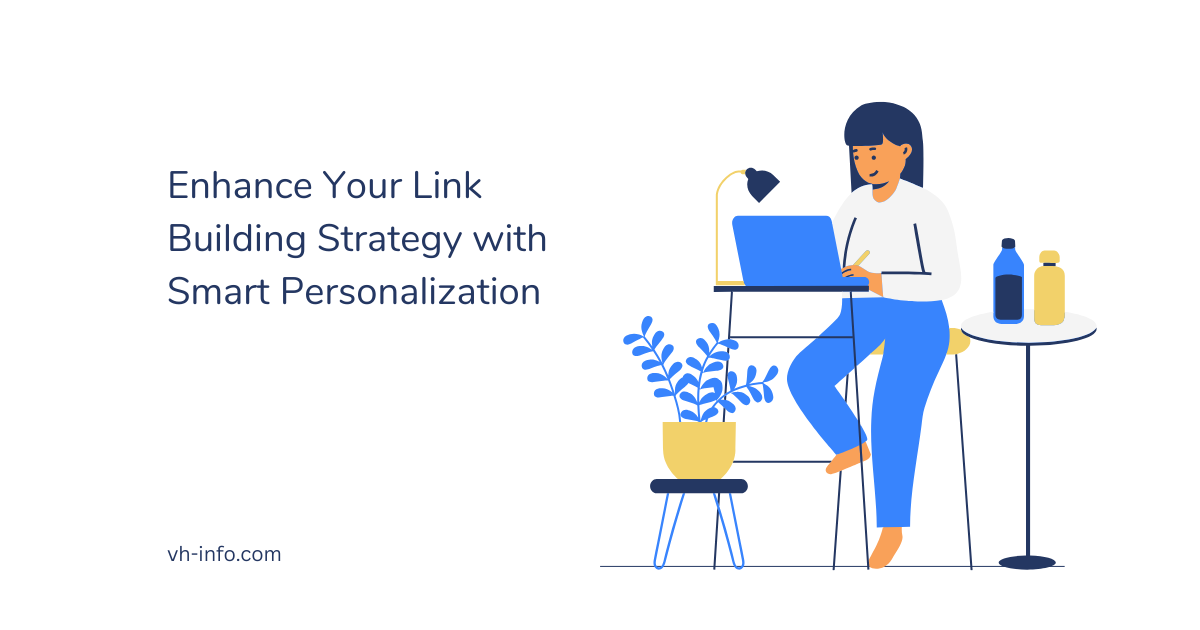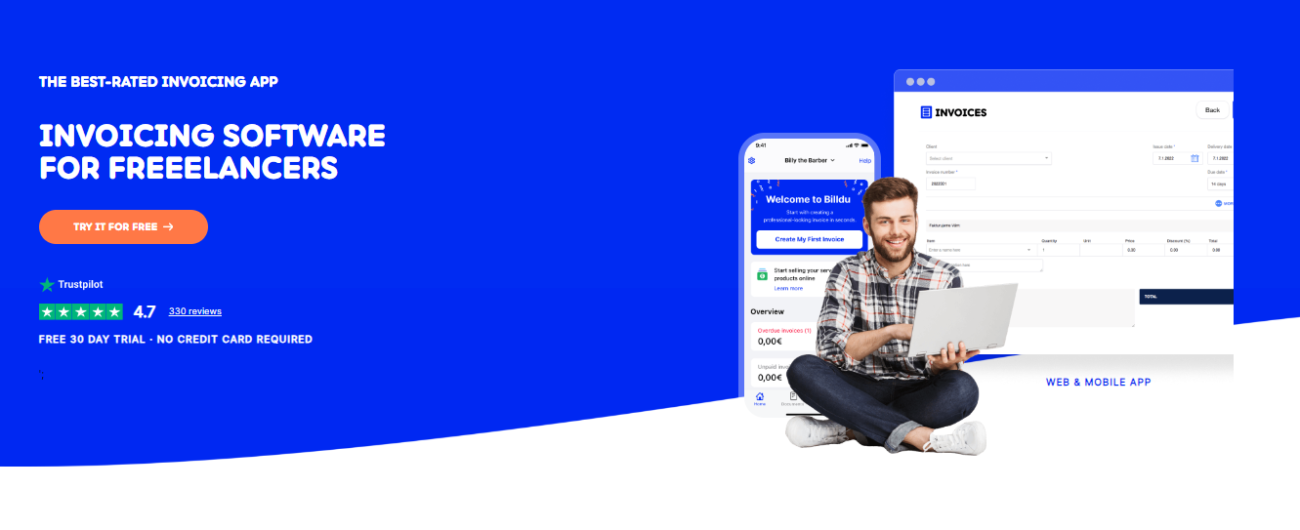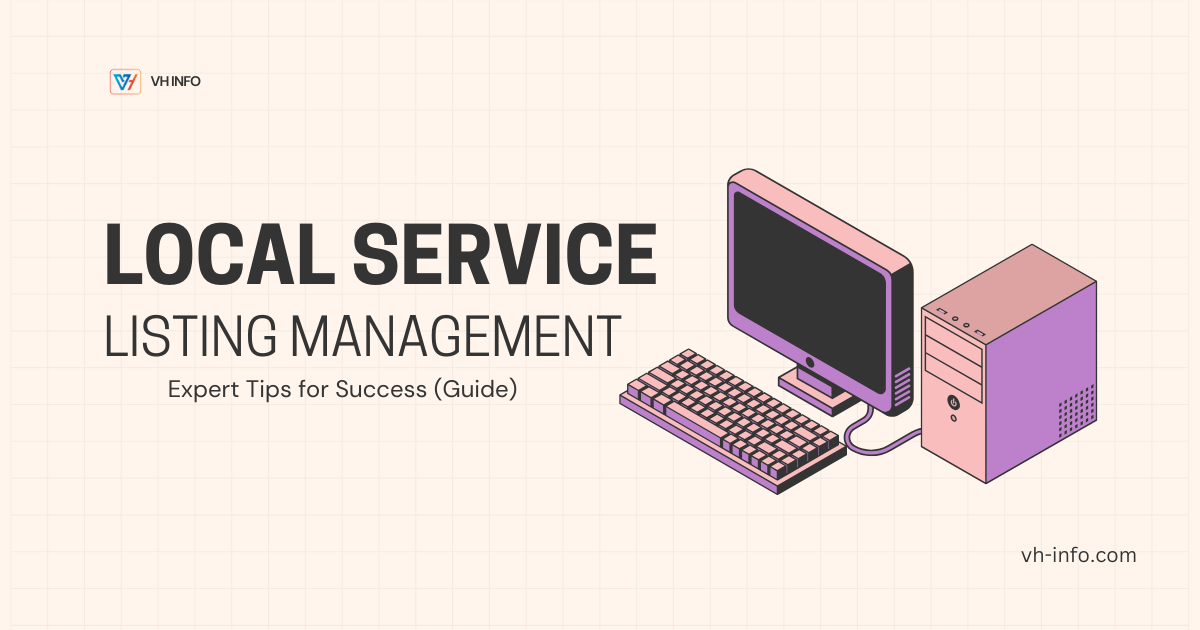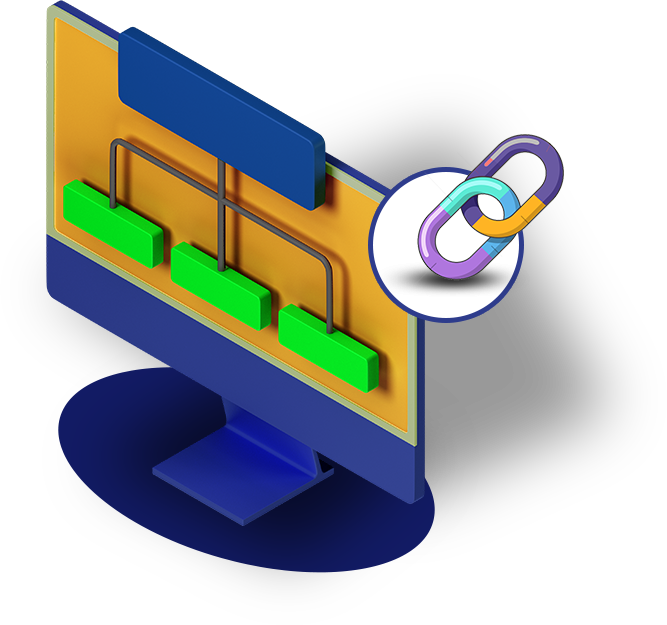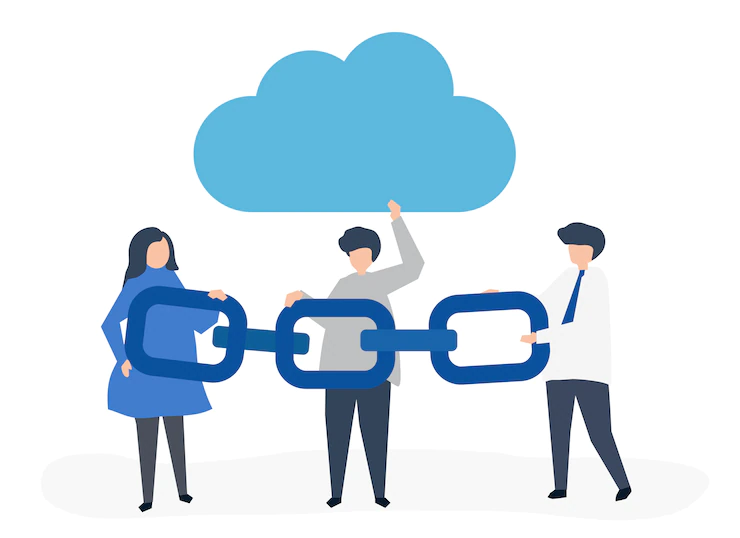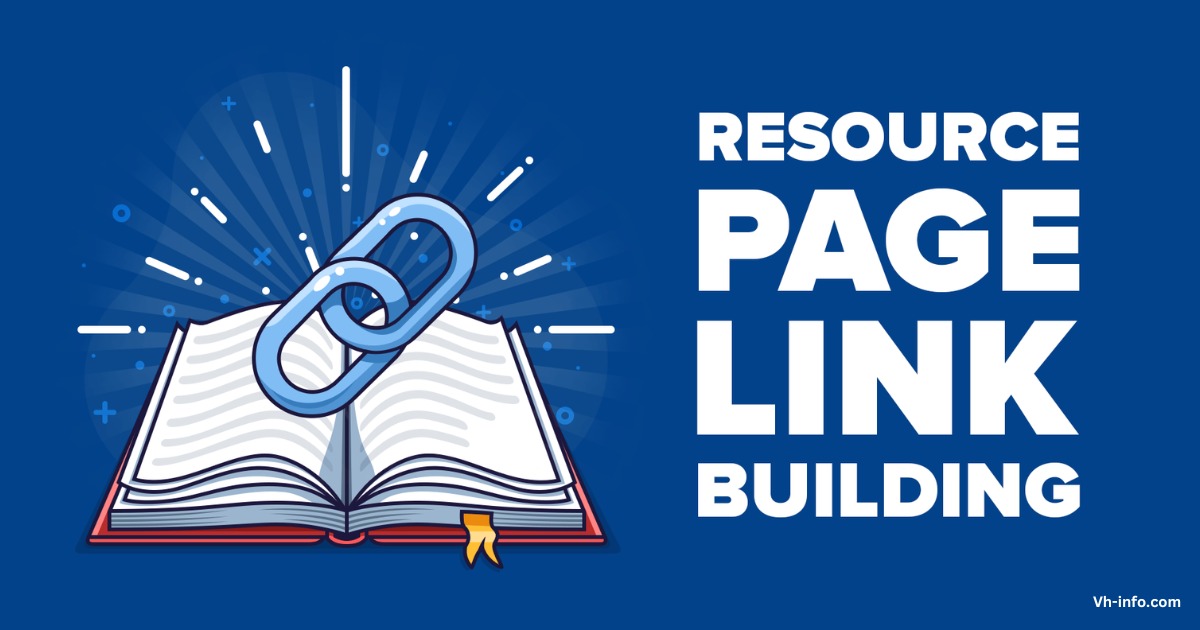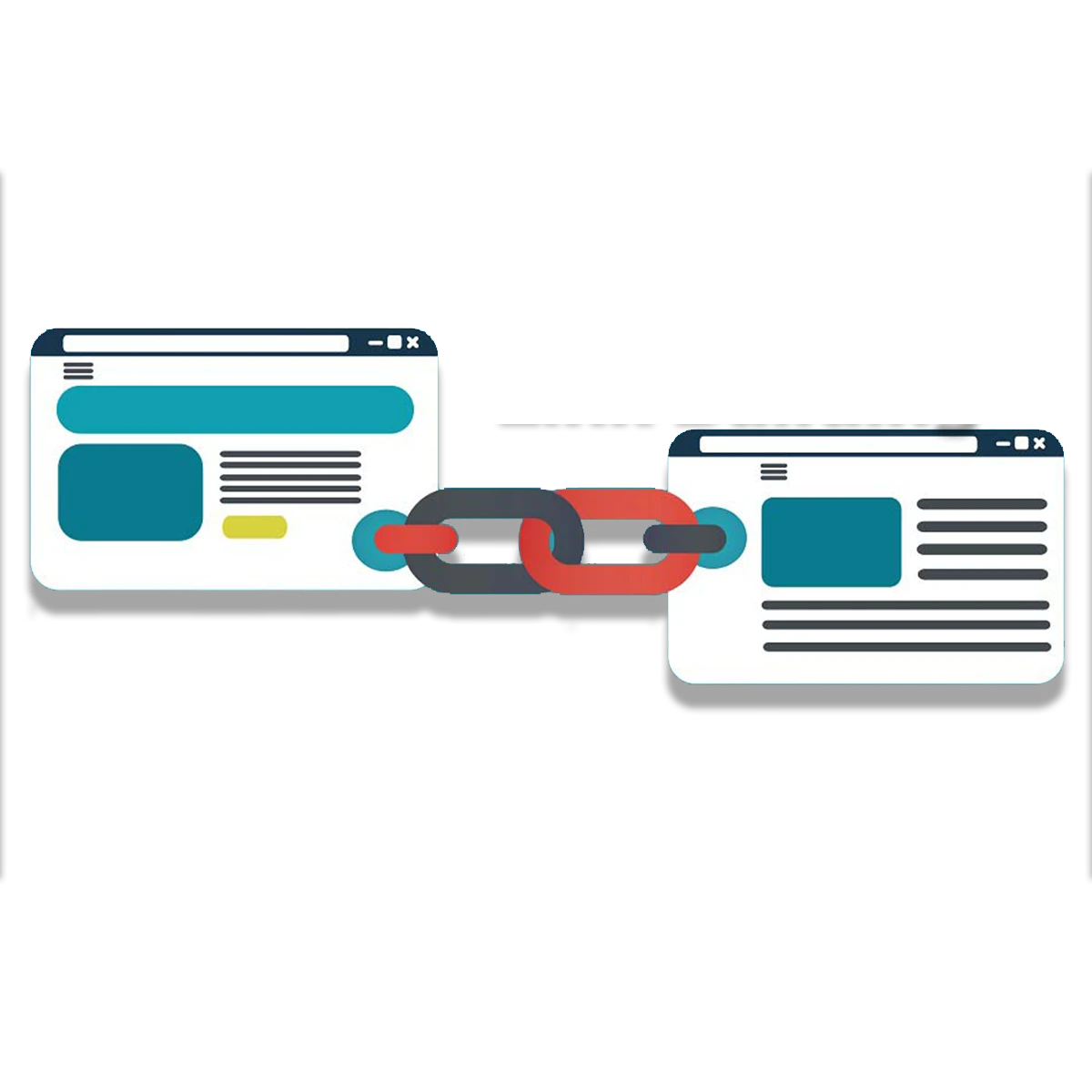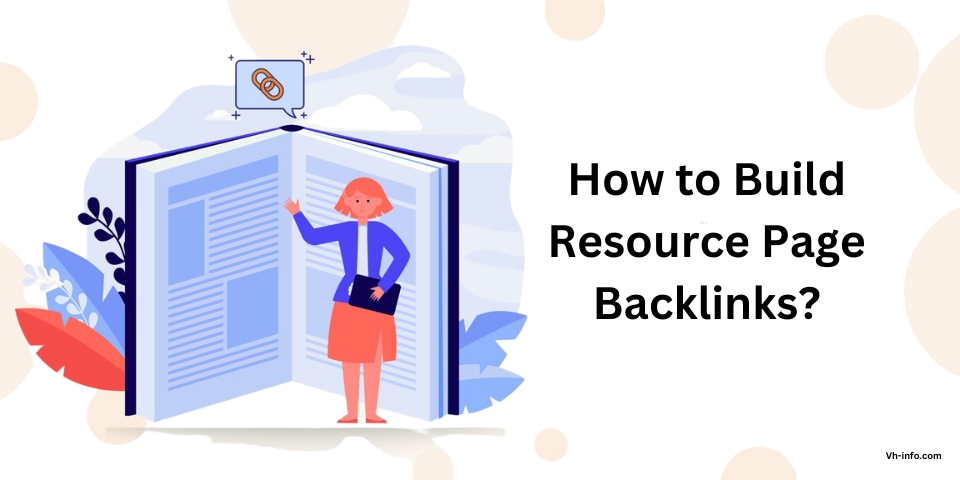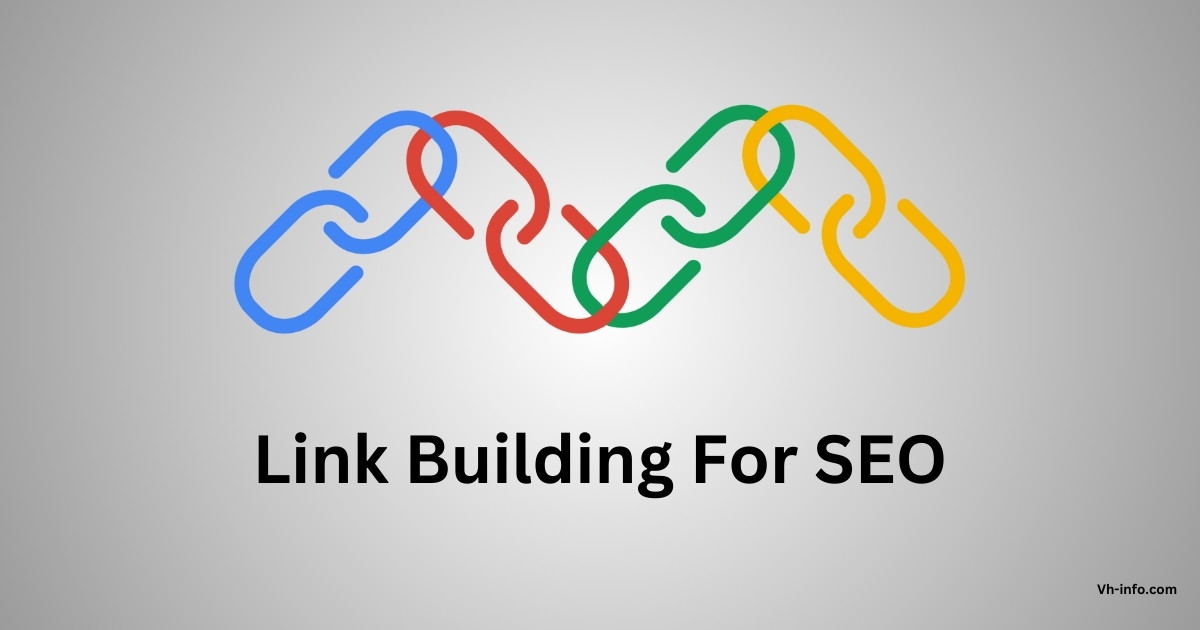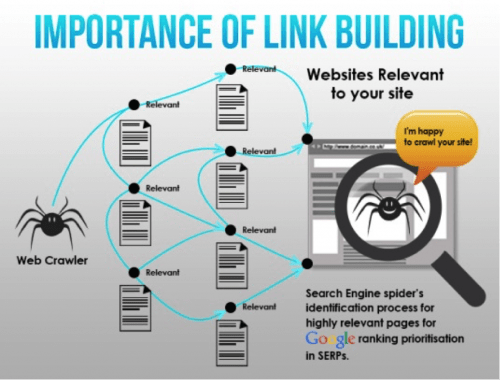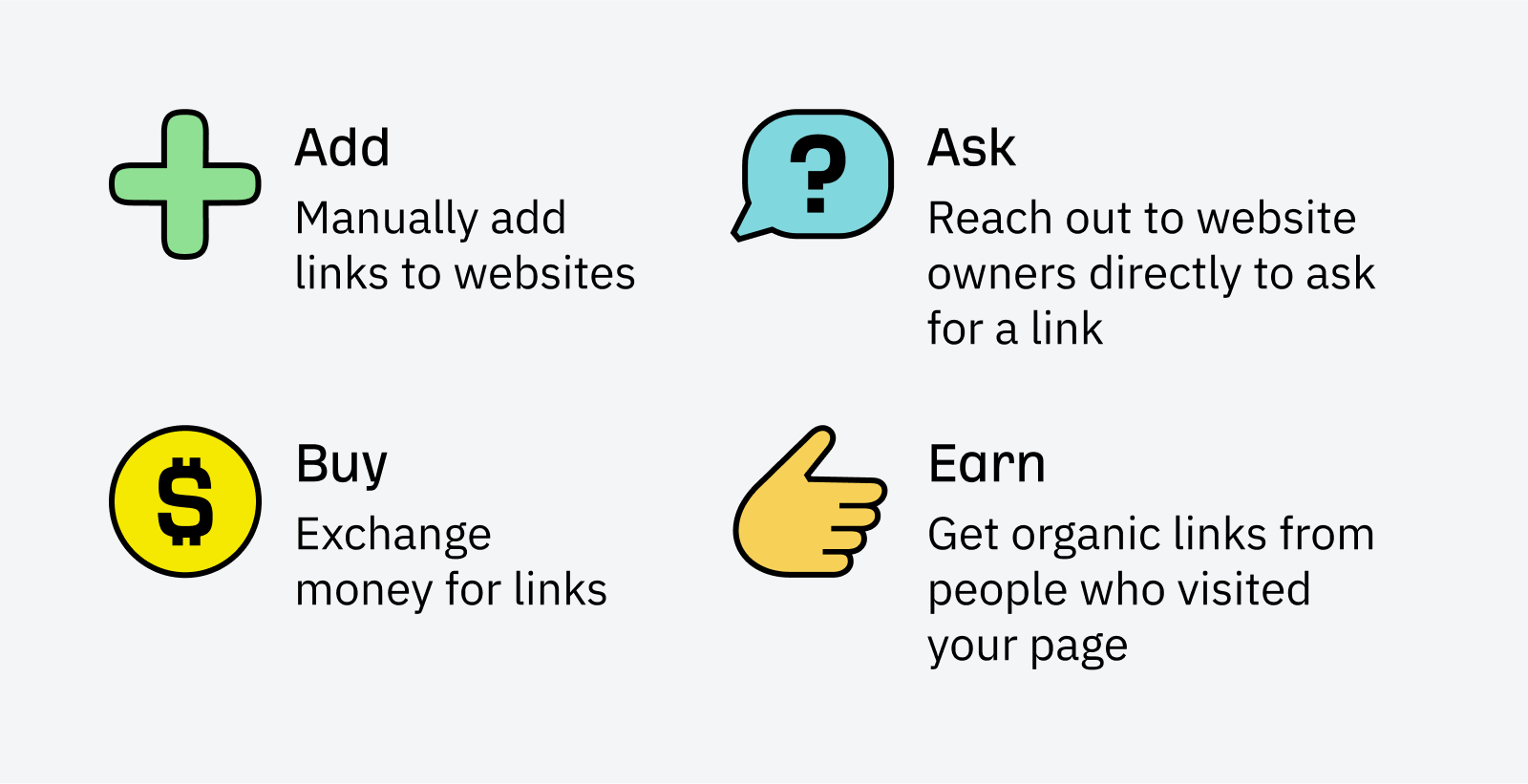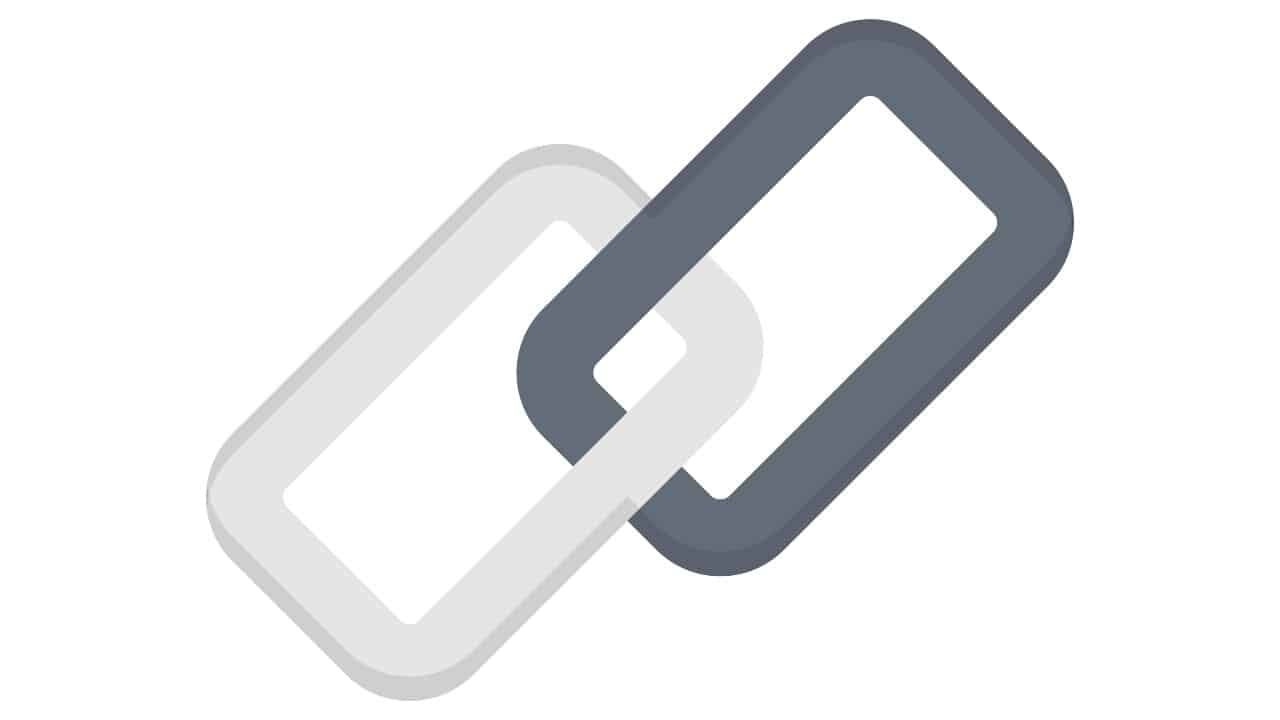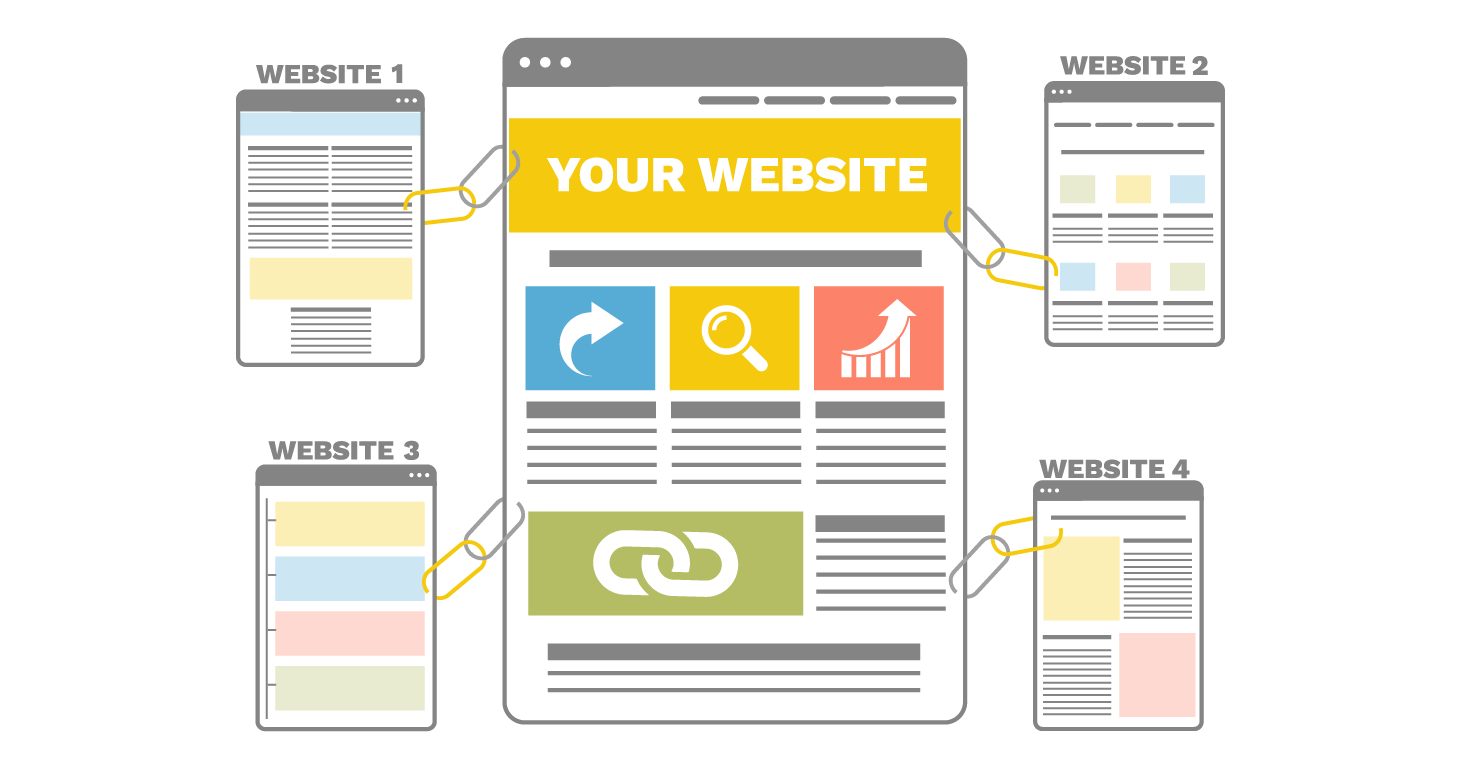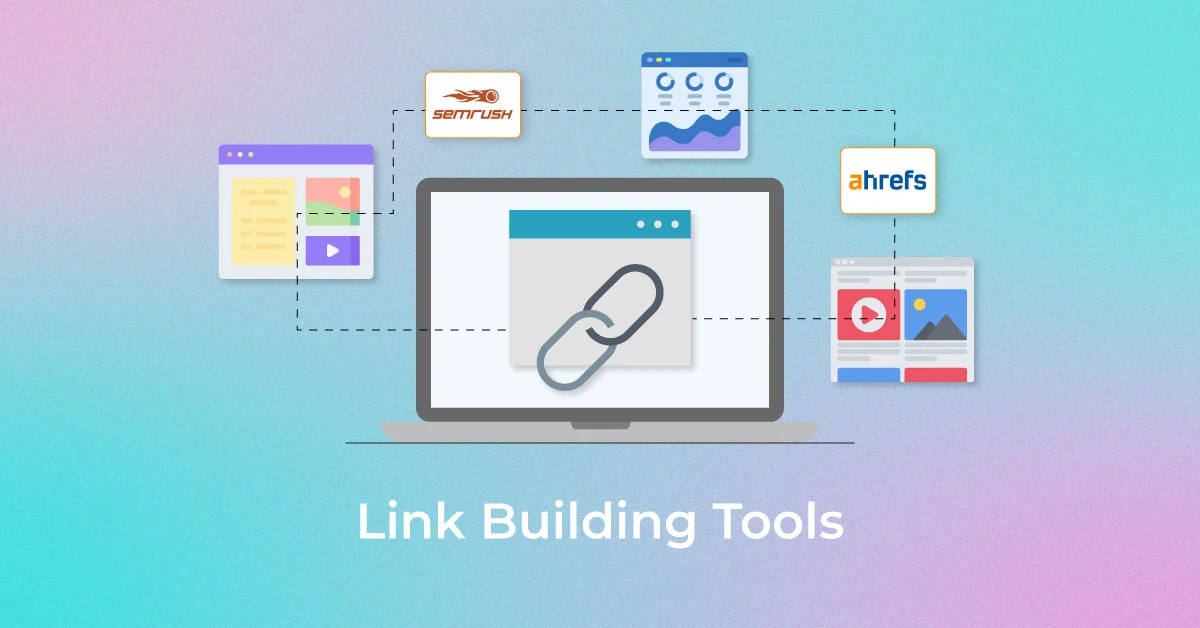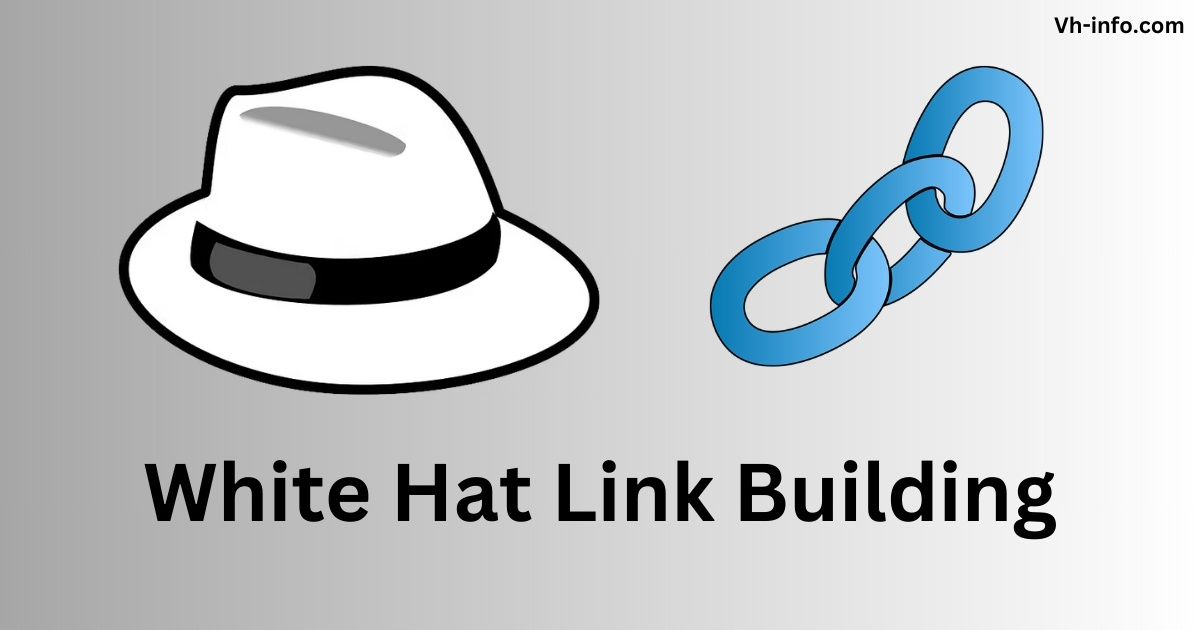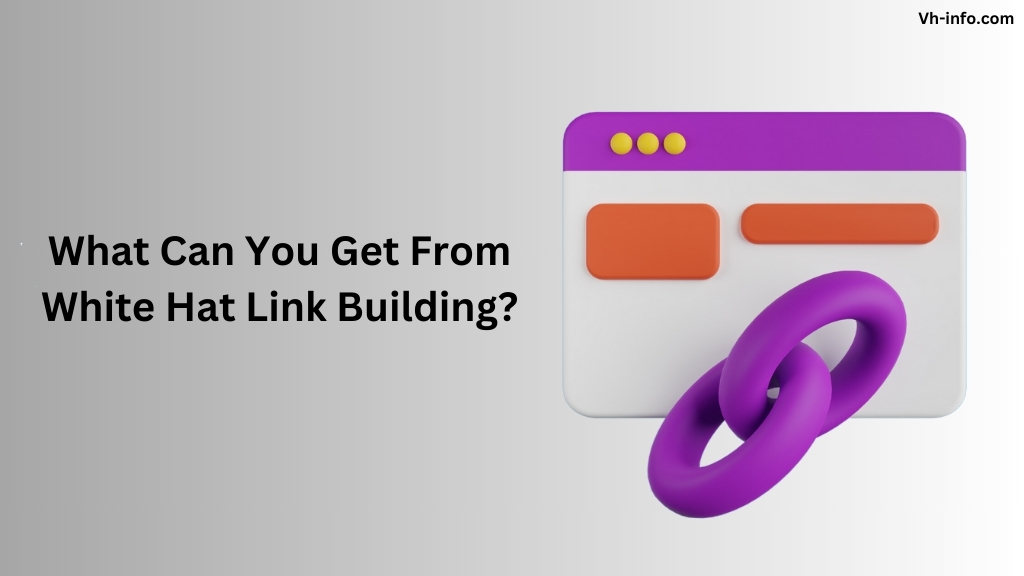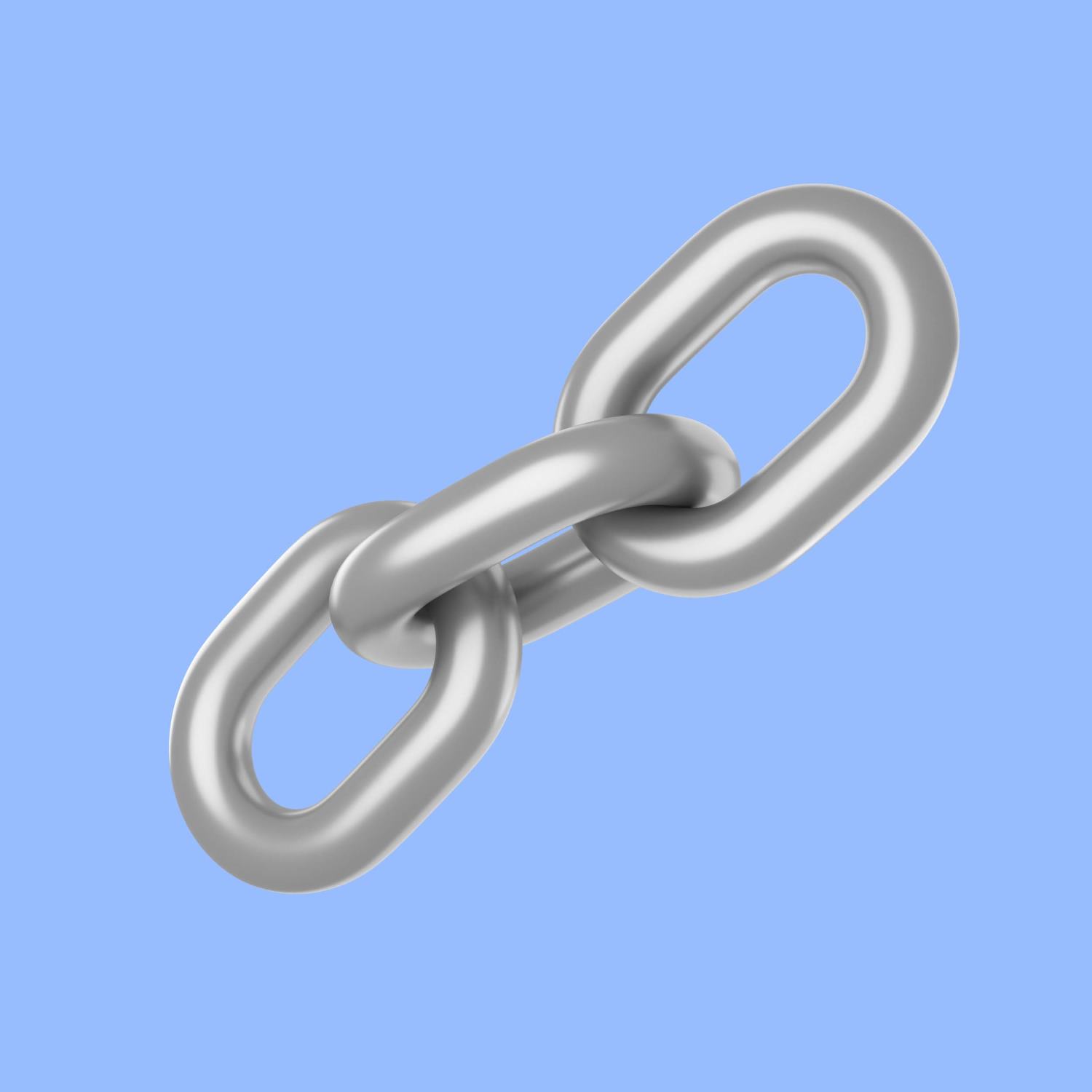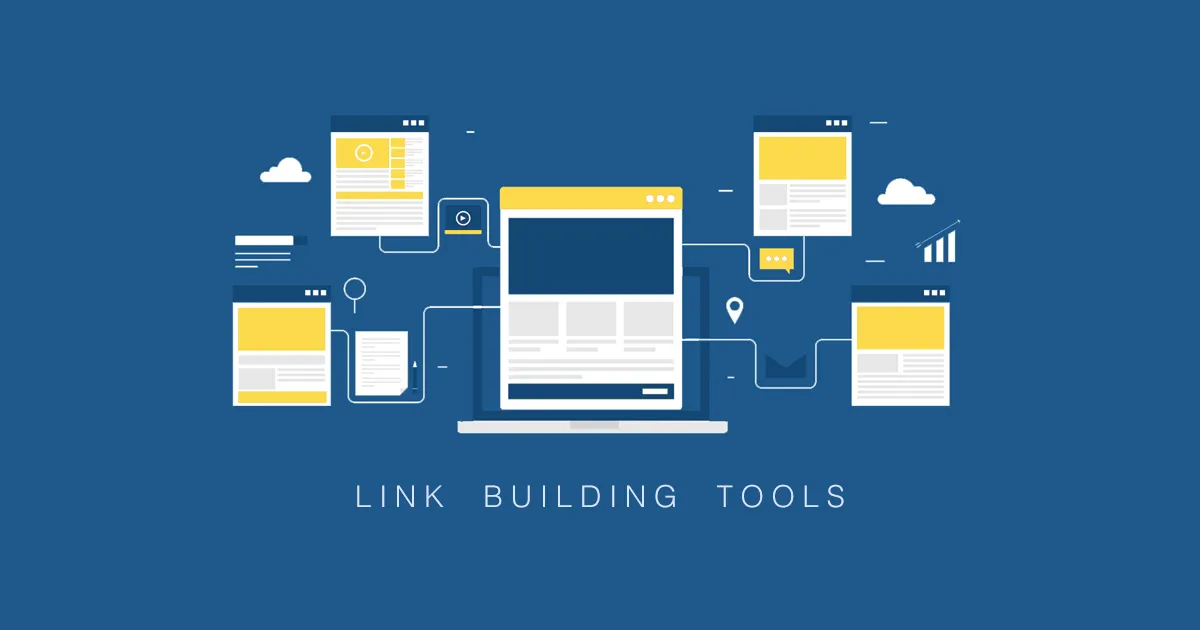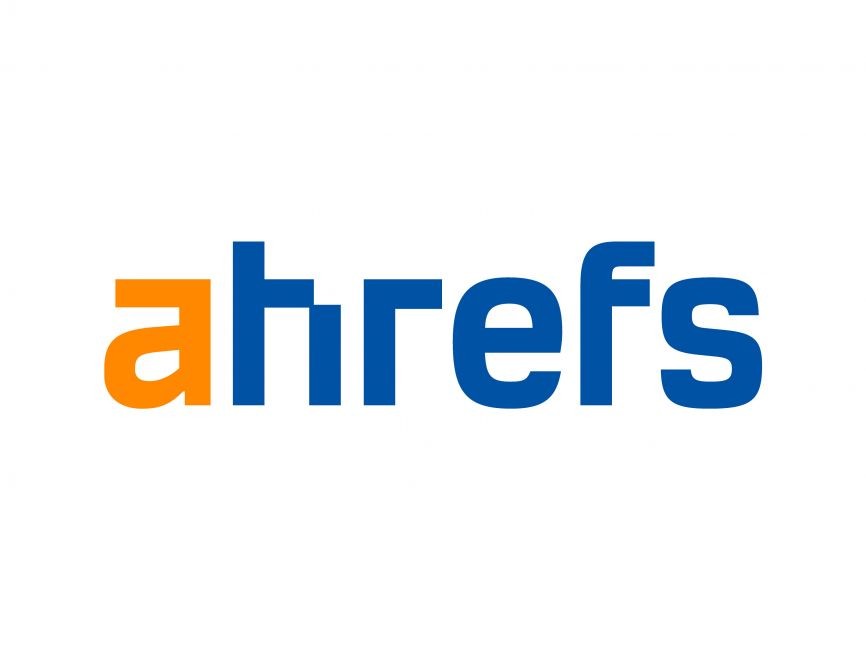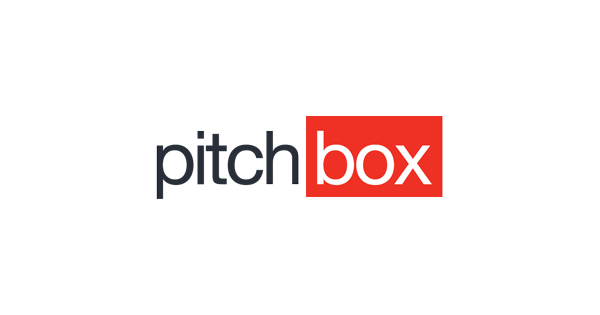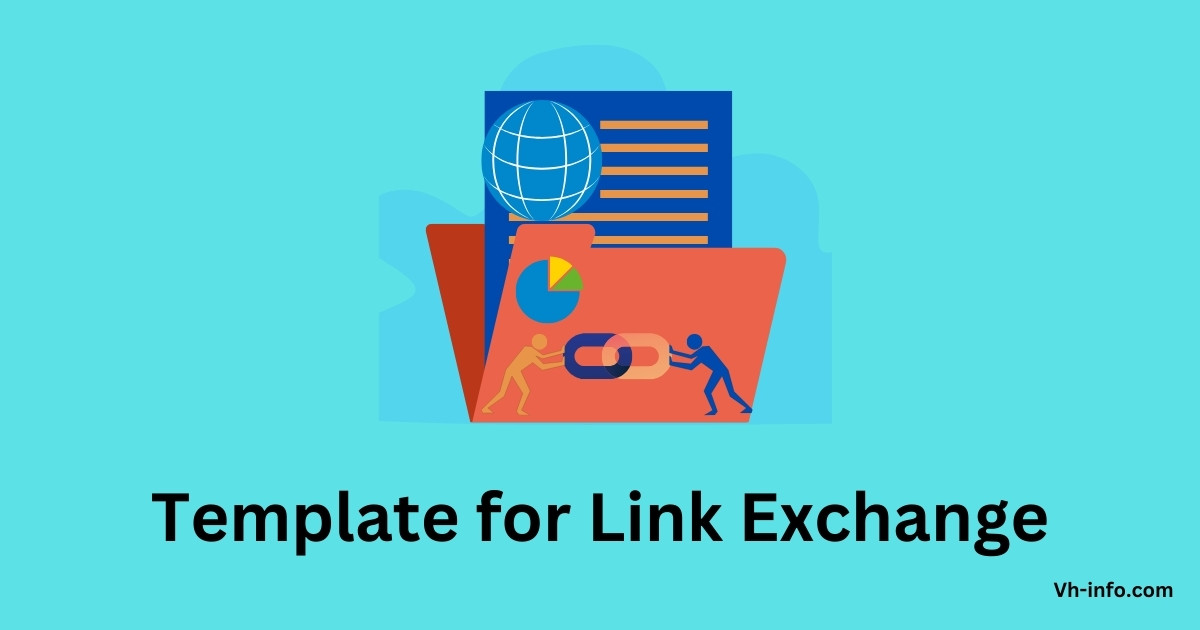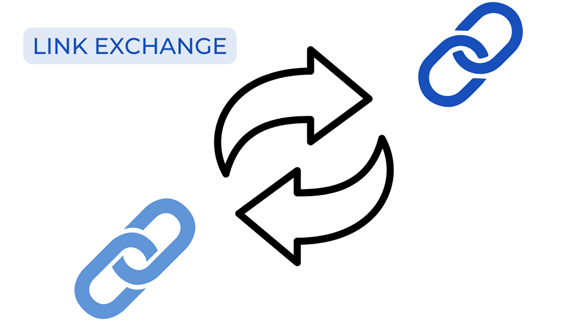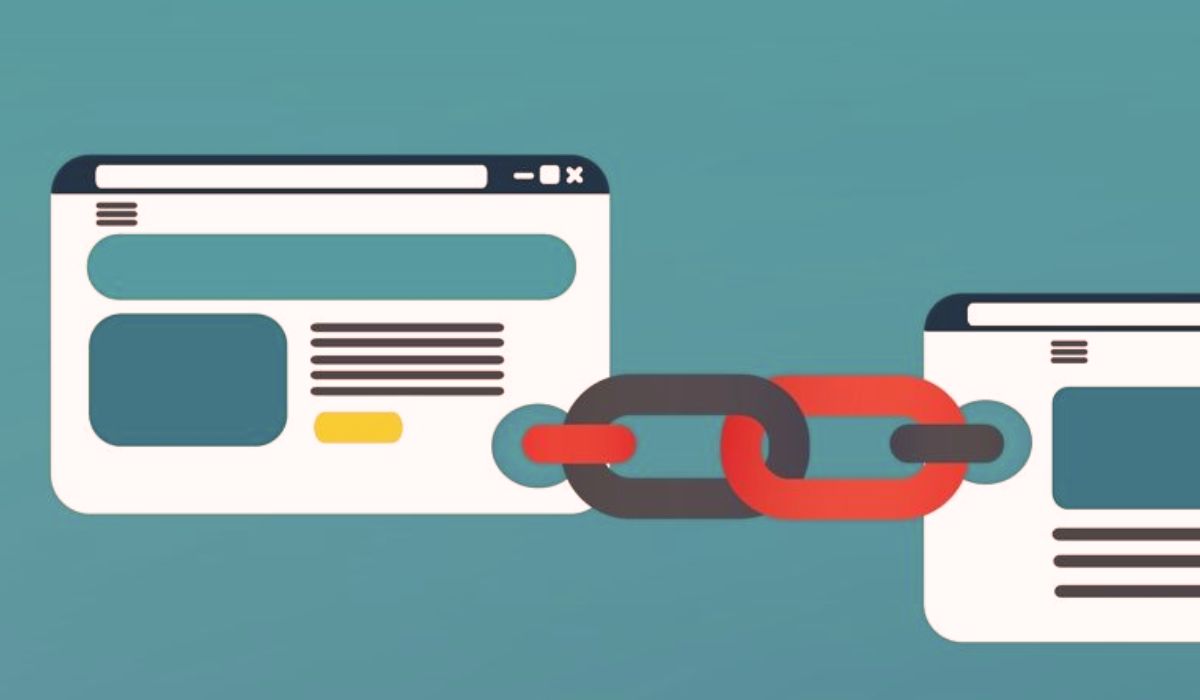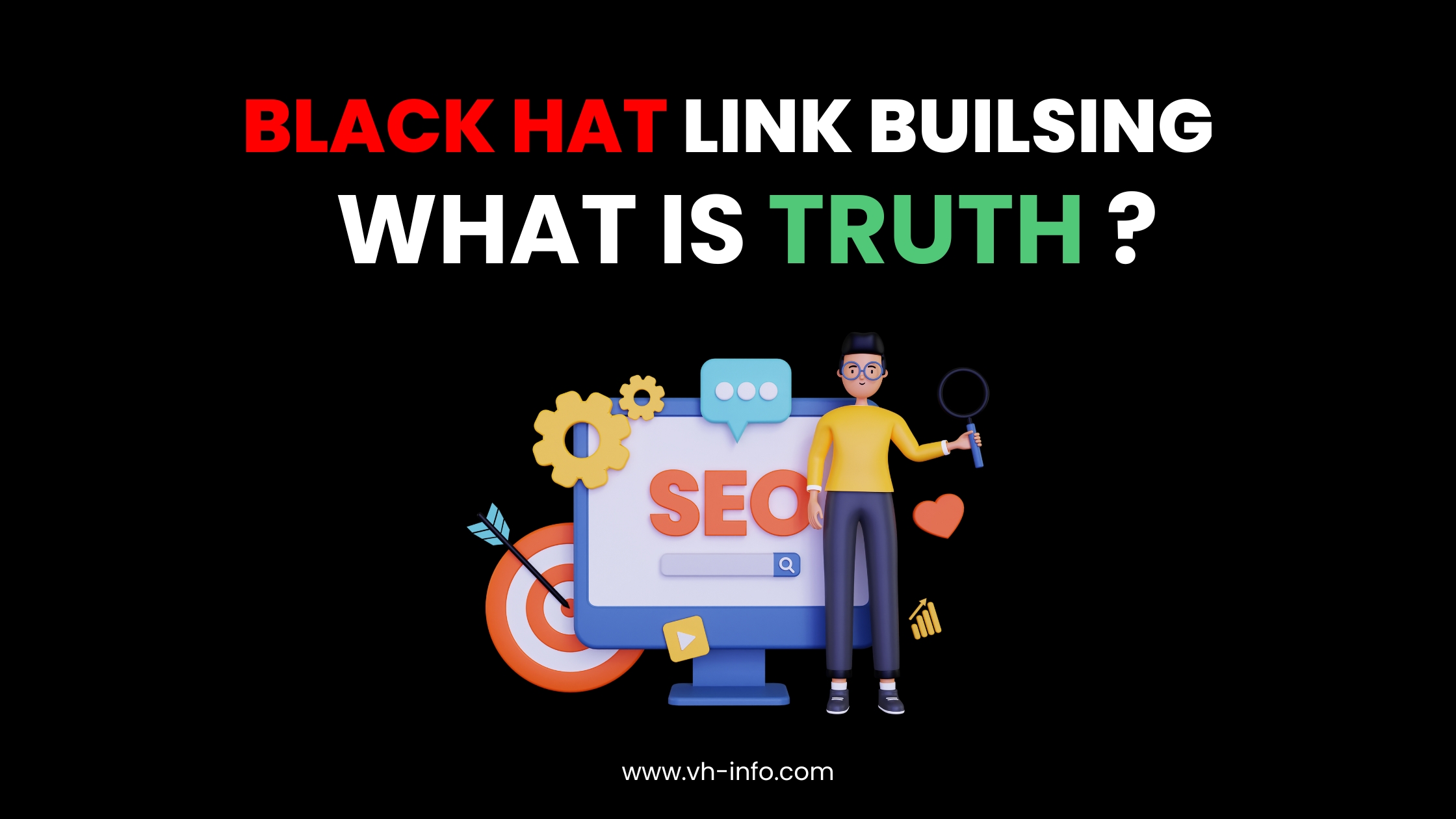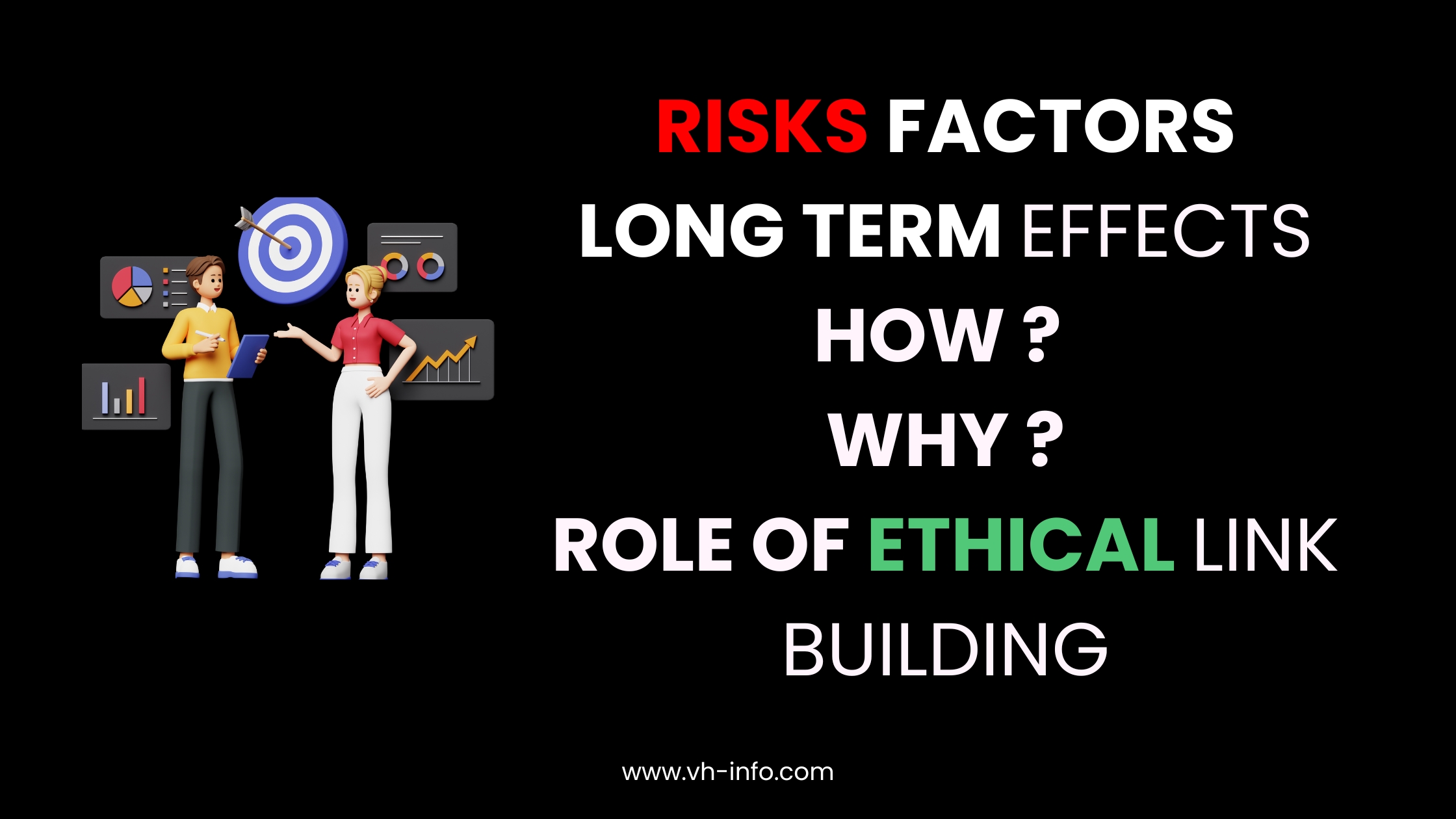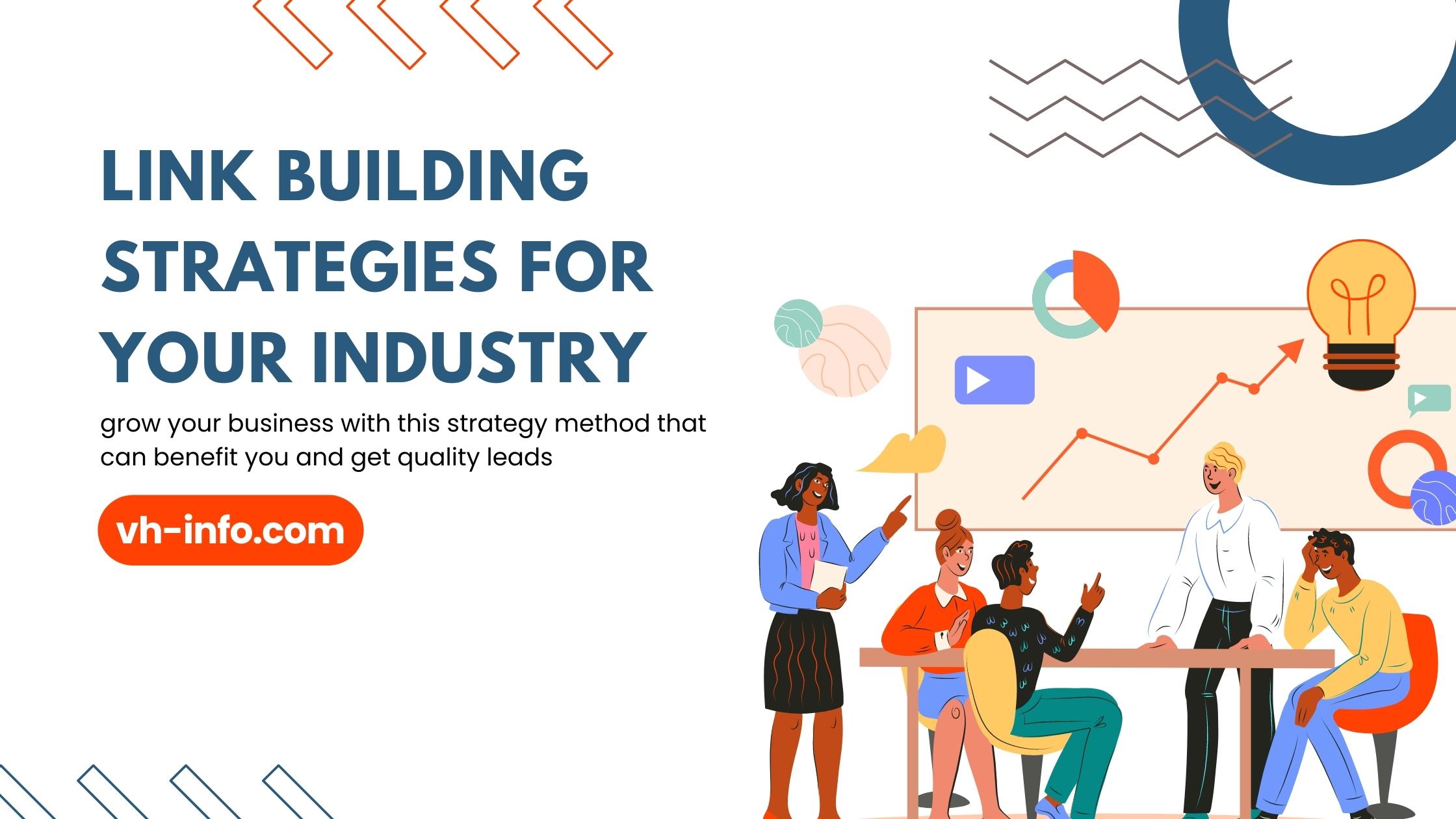In the world of SEO, backlinks remain one of the strongest signals search engines use to determine a website’s credibility. The goal is simple: when more trustworthy websites link to your content, search engines view your site as more authoritative, which can lead to higher rankings in search results. A well-executed backlink campaign not only brings measurable SEO benefits but also helps you build relationships within your industry. And that kind of credibility is something algorithms and audiences alike respond to.
What Is a Backlink Campaign and Why Does It Matters?
A backlink campaign is a structured effort to acquire these links from other sites, ideally relevant and reputable ones. At the heart of any successful backlink campaign is link outreach. This is the process of identifying potential websites, finding the right people behind them, and sending personalized messages to request a link. Outreach can take many forms, from broken link building and guest post pitching to content collaboration and digital PR. But regardless of the method, the goal stays the same: earn quality backlinks by offering something valuable in return: content, insight, or relevance.
So why does it matter? Because strong backlinks help your website get discovered, earn trust, and compete in crowded search landscapes. Unlike paid ads or social media bursts, backlinks deliver long-term SEO value. One solid link from a respected site can boost a page’s performance for months or even years.
Are you happy with your campaign? Want to try and make it more efficient? Let’s talk about personalization in your outreach and how it makes things work better.
Why You Need to Personalize the Outreach and How It Works
Personalization in link building means tailoring your outreach messages to the specific person or website you’re contacting, rather than using a one-size-fits-all email. It’s about showing that you’ve done your homework; that you know who they are, what they publish, and why your link would make sense on their site.
Why does this matter? Because people are bombarded with generic pitches every day. If your message feels automated or irrelevant, it’s likely to be ignored. On the other hand, outreach that reflects personalized experiences, such as referencing a specific blog post, complimenting a recent campaign, or aligning with the recipient’s niche, stands out. It tells the site owner you’re not just hunting for links, but offering a relevant, value-driven connection, i.e., know how to make the collaboration mutually beneficial.
This approach can significantly improve your response rates. A personalized pitch shows respect for the recipient’s time and work, which increases your chances of building trust and securing a backlink. In short, personalization turns cold outreach into a conversation, and that’s what opens doors in today’s spammed inboxes.
How to Personalize Your Outreach: A Quick Guide
If you want to improve the success of your backlink campaign, it’s time to move beyond templated emails. Personalization isn’t just a nice touch; it’s a proven way to really reach out. Below are actionable personalization strategies that can help you get noticed, earn replies, and land more backlinks.
1. Research the website and its content
Before reaching out, spend time on the target website. Read their recent articles, look at the topics they cover, and identify where your link could naturally fit. Mentioning a specific post or suggesting a relevant addition shows genuine interest.
2. Address the right person
Avoid starting with “Dear Site Owner.” Find the actual content manager, editor, or SEO lead. Using a name adds a human touch. If you’re not sure where to start, here’s a helpful guide on how to find employees of any company.
3. Reference shared interests or connections
If you’ve read their blog for a while, follow them on LinkedIn, or even share mutual industry contacts, say so. These common points create instant rapport and make your email feel less random.
4. Explain why your link adds value
Don’t just ask for a backlink; explain why it helps their audience. Does it provide updated data? A fresh perspective? Back up a point they’ve made? Make the benefit clear and specific.
5. Customize the subject line
Your subject line determines whether your email gets opened. Mention something relevant to their content or audience. Even something simple like “Follow-up on your SEO tools article” can spark interest.
6. Keep the tone friendly, not pushy
Personalized outreach should feel like a conversation, not a sales pitch. Be respectful, clear, and concise. If you don’t get a reply, a gentle follow-up can be enough, there is no need to pressure.
7. Use a template (but make it flexible)
Templates save time, but the best outreach emails are 80% personalized. Keep reusable structures for efficiency, but always customize the opening lines and value proposition for each contact.
8. Track and adjust
Monitor which emails get opened, which get replies, and which lead to links. Over time, you’ll learn what personalization strategies work best for your audience and how to refine them.
How to Make Your Link Worth Placing: Curating Content That Site Owners Want
Personalized outreach might get your email opened, but whether the recipient says yes depends on the value of the content you’re promoting. From the site owner’s perspective, every link they add is a reflection of their own credibility. So, if you want them to include your backlink, you need to show that your content is trustworthy, useful, and aligned with their audience. Here is how to do it.
Create content with a clear purpose and audience
Start by ensuring the piece you’re promoting isn’t just filler. Does it solve a specific problem? Present new data? Offer a unique point of view? Content that feels intentional, i.e., written for humans, not just rankings is far more likely to get linked. Think about who you’re helping and why a third-party site would want to support that.
Instead of “How to Perform Email Search in Bulk,” go deeper with “How We Scaled Link Outreach by 70% Using Bulk Email Search (With Our Step-by-Step Workflow)”. This version promises results, hints at a real process, and appeals to readers looking for actionable personalization strategies at scale, exactly what makes it link-worthy.
Include useful, link-worthy elements
Not all content is created equal. To make your link more appealing, build in features that are inherently valuable:
- Original research or stats – Data earns trust and makes your page referenceable.
- Visuals (charts, infographics, step-by-step images) – These break up text and make information easier to absorb.
- Actionable insights – Avoid fluff. Give real tips, instructions, or examples readers can use.
- Cited sources – Linking out to credible sources boosts your own authority and shows you’re part of the ecosystem.
The more useful and polished your page is, the more it benefits the referring site’s readers, and that’s what makes webmasters say yes.
Align with their content and style
If your article looks wildly different in tone or quality from the host site’s content, it creates friction. During outreach, make sure your link blends naturally into the article you’re targeting. A great approach is to reference a specific sentence or paragraph and explain how your content extends or supports that idea.
Improve the page’s technical quality
Before pitching your link, make sure the content lives on a well-formatted, fast-loading, mobile-friendly page. If your article looks spammy or takes forever to load, site owners won’t risk linking to it. At a minimum, check for:
- Clear headings and structure
- Non intrusive pop ups
- Responsive design
- HTTPS enabled
- Reasonable load time
Highlight social proof or engagement (if available)
If your article has received comments, been shared on social media, or quoted elsewhere, mention that in your pitch. This kind of subtle social proof can ease doubts and show that your content is already gaining traction.
Be transparent about your intent
Many site owners can tell when you’re disguising a link request as “feedback” or “content suggestions.” Be honest about what you’re asking for — a well-placed, relevant backlink — and explain your reasoning clearly. When you act like a peer instead of a spammer, your chances go way up.
Offer to reciprocate
While outright link exchanges are frowned upon by search engines, it’s perfectly fine to offer mutual benefit. If your site has a blog or social media presence, let the recipient know you’re happy to share their content, too. Not as a bribe, but as collaboration.
Bonus: How to Make Your Guest Post Offer Fit Naturally
When offering a guest post as part of your guest post link building strategy, you’re essentially asking a site to publish your piece on their platform. That’s a big ask, so the more tailored and mutually beneficial your pitch is, the more likely they are to say yes.
Here’s how to ensure your guest post doesn’t just fit but feels welcome:
1. Offer topics that fill a gap
Look at the site’s recent content and offer something they haven’t covered but that their audience clearly cares about.
2. Match their style and depth
Read 2–3 existing posts and mirror their tone (formal? witty?) and formatting (long-form? list-based?). Mention this in your email to show you’ve done your homework.
3. Show that you’re not just link-dropping
Briefly mention your experience or why you’re writing the piece (without turning it into a resume). It builds trust and makes you look like a contributor, not a marketer in disguise.
4. Deliver on the promise
If they say yes, write something good. Include sources, polish the formatting, and make it something they’re proud to publish. This not only gets your link live, but builds a relationship for future placements or collaborations.
Conclusion: Why Personalization Makes All the Difference
In 2025, link outreach campaigns succeed not because they’re sent in bulk, but because they’re thoughtfully crafted. Personalization transforms your outreach from just another email into a real opportunity for collaboration. By tailoring your message, aligning your offer with the recipient’s content, and proving you’ve done your homework, you dramatically increase the chances of building valuable backlinks.
